Welcome to the world of Central America, where the beautiful countries of Mexico and El Salvador await your exploration. Located in the heart of the region, these two nations share a rich history, culture and natural beauty. Mexico, with its expansive beaches, ancient ruins and bustling cities, is the largest country in Central America, while El Salvador, known as the ‘Land of Volcanoes’, boasts some of the most impressive volcanic landscapes in the world. So let’s dive into the ultimate travel comparison: Mexico vs El Salvador!

As you prepare for your trip, get ready to immerse yourself in the vibrant culture of these two nations, sample the delicious local cuisine and experience the warmth and hospitality of the people. Whether you’re soaking up the sun on the beach, exploring ancient Mayan ruins or trekking through lush tropical forests, Mexico and El Salvador offer endless opportunities for adventure and discovery. So pack your bags and get ready for the trip of a lifetime as we explore the unique charms and differences of Mexico and El Salvador.
Top Things to Do in Mexico vs El Salvador
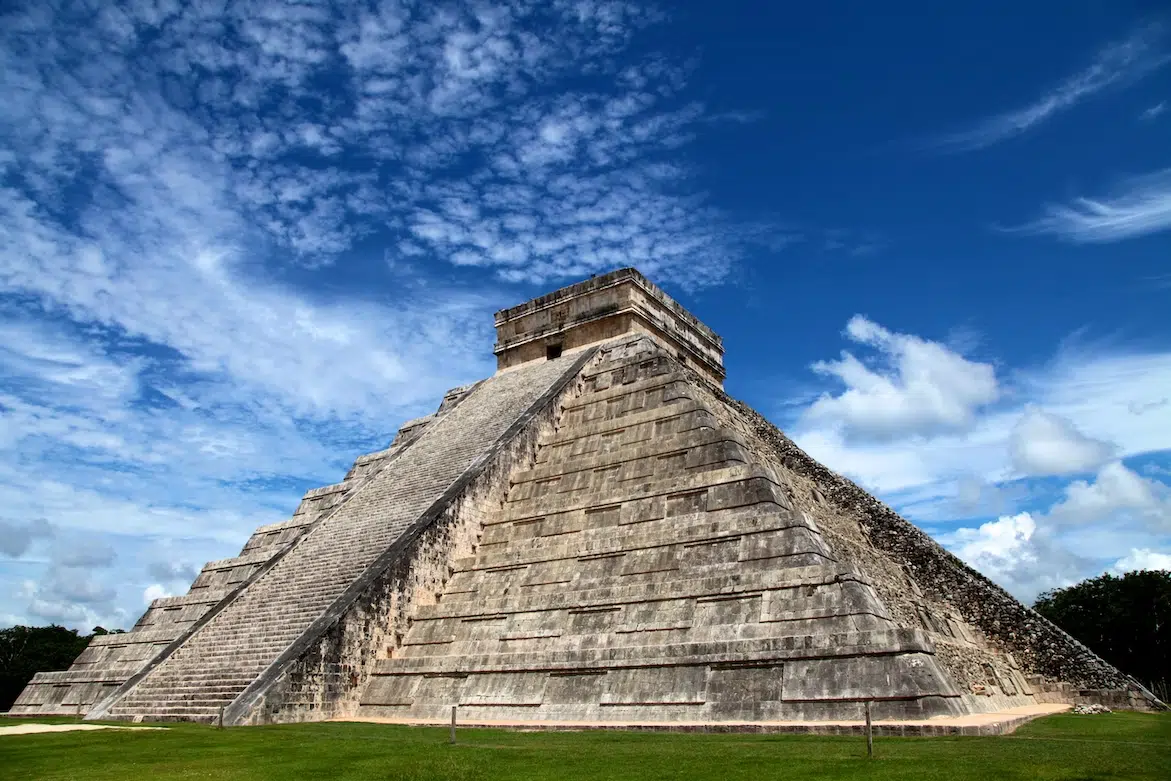
When it comes to holidays, Mexico and El Salvador offer travelers a variety of experiences. From ancient ruins and colonial cities to lush tropical rainforests and stunning beaches, both countries offer a range of activities for the adventurous traveler.
In Mexico, visitors can explore the ancient pyramids of Teotihuacan, cruise the canals of Xochimilco, dive in an ancient cenote, discover the vibrant Mayan culture of San Cristobal, dive off Cozumel, experience the equinox at Chichén-Itzá, find your own personal beach paradise, greet the dawn at Tulum, party all night in Cancun, saddle up on a Mexican ranch, climb the peaks of Popocatépetl and Iztaccíhuatl and watch the sunset on sacred Monte Albán.
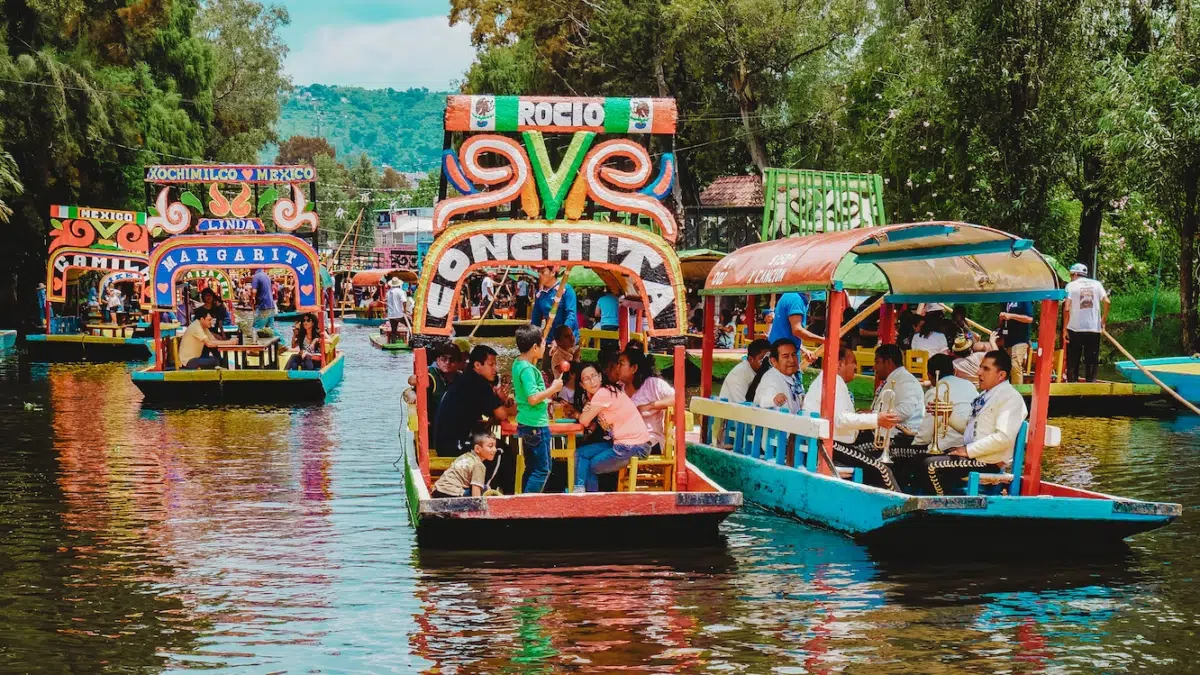
Meanwhile, El Salvador offers a variety of attractions that make it a top bucket list destination. Visitors can swim in volcanic lakes, explore the cloud forest of Cerro Verde, see butterflies in Barra de Santiago, be guided by former guerrillas on the Peace Route, hike around Mayan ruins. Or see the sights of San Salvador, soak up the atmosphere of Suchitoto, stay on a coffee plantation, visit surf heaven and zip through the forest canopy.
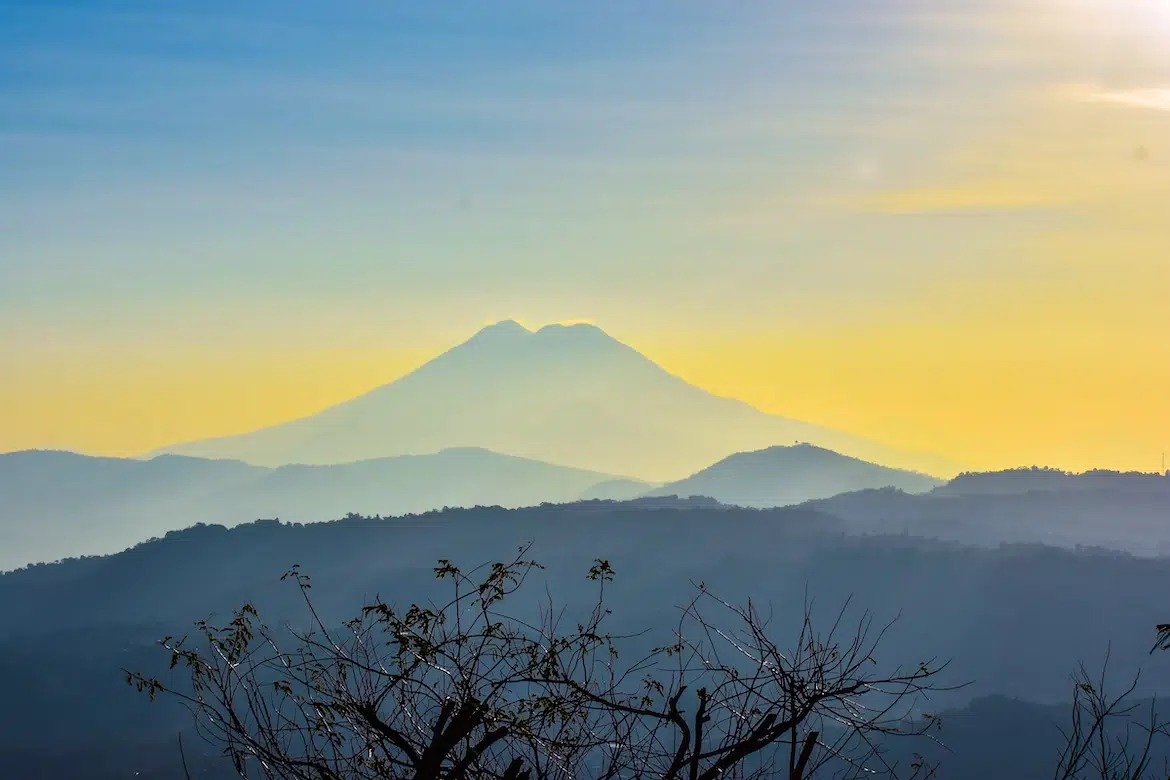
Some of the best things to do in El Salvador include:
- Taking a city tour of the capital, San Salvador.
- Visiting El Boqueron, the crater of the San Salvador volcano.
- Exploring the Joya de Ceren archaeological site
- Strolling around Suchitoto
- Visiting the Volcanoes National Park
- Taking the Flower Route
- Shopping in the capital
Whatever type of holiday you’re looking for, Mexico and El Salvador have something for everyone. From adventure seekers to beach bums, these two countries offer an unforgettable experience for all types of travelers.
Summary
| Category | Mexico | El Salvador |
| Ancient ruins | Visitors can explore the ancient pyramids of Teotihuacan, experience the equinox at Chichén-Itzá, and watch the sun set on sacred Monte Albán. | Visitors can hike around Mayan ruins and explore the Joya de Ceren archaeological site. |
| Natural wonders | Visitors can cruise the canals of Xochimilco, dive in an ancient cenote, dive off Cozumel, swim in volcanic lakes, explore the cloud forest of Cerro Verde, and see the sights of San Salvador. | Visitors can see butterflies in Barra de Santiago, hike around Mayan ruins, visit the Volcanoes National Park, take the Flower Route, and zip through the forest canopy. |
| Beaches | Visitors can find their own personal beach paradise, greet the dawn at Tulum, and party all night in Cancun. | Visitors can visit surf heaven. |
| Cultural experiences | Visitors can discover the vibrant Mayan culture of San Cristobal, be guided by former guerrillas on the Peace Route, soak up the atmosphere of Suchitoto, stay on a coffee plantation, and shop in the capital. | Visitors can take a city tour of the capital, San Salvador, and stroll around Suchitoto. |
Food and Drinks
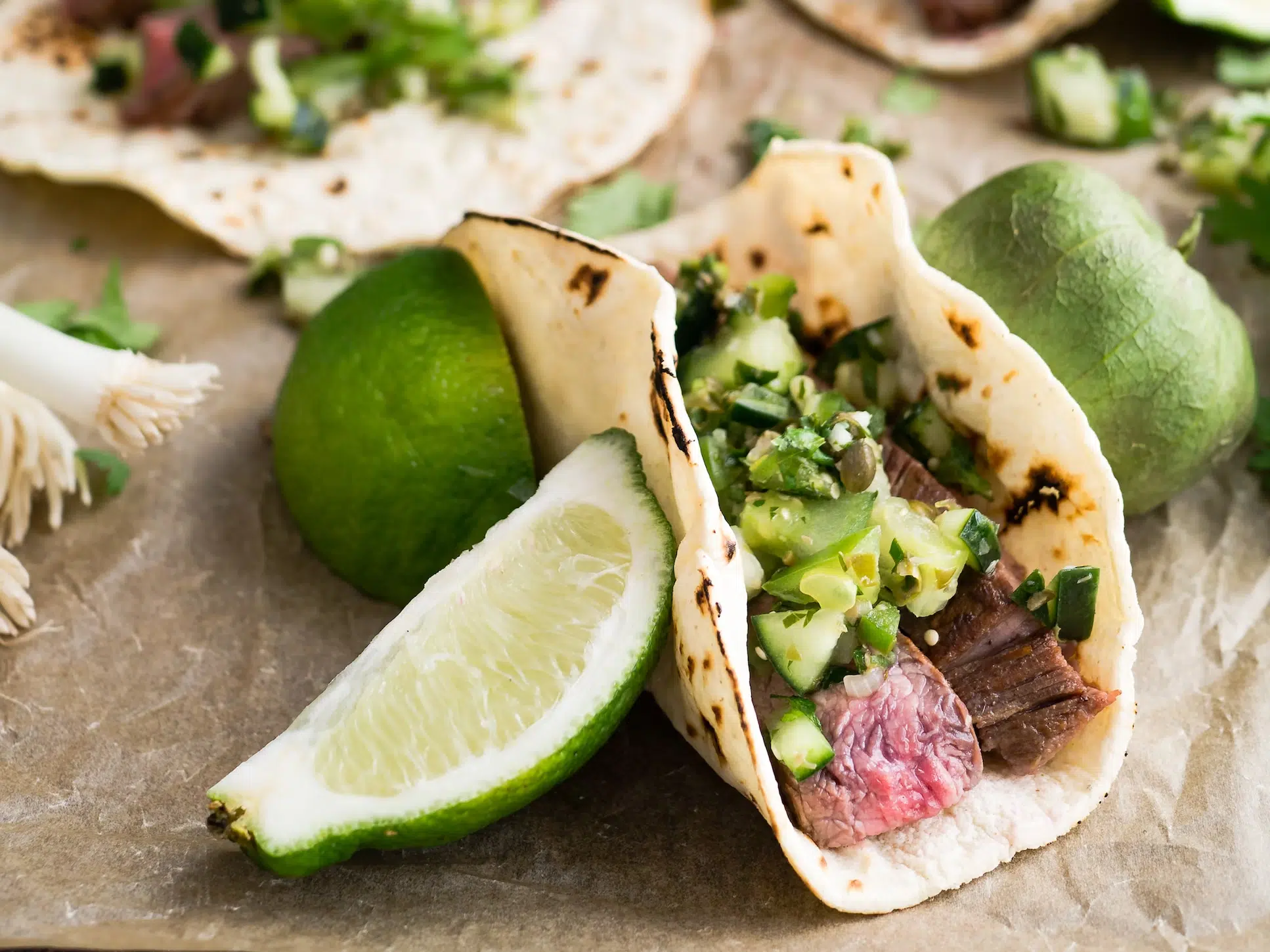
Mexico and El Salvador have rich culinary traditions that have been shaped by their unique histories. The two countries have a lot in common when it comes to food and drink, but there are also some distinct differences.
In Mexico, corn is the main ingredient in Mexican dishes. Tacos, tortillas, antojitos, mole, guacamole and other dishes are staples at street stalls across the country. Fish and seafood are popular along the coast, while vegetarians can enjoy nopales, squash blossoms and wild mushrooms.
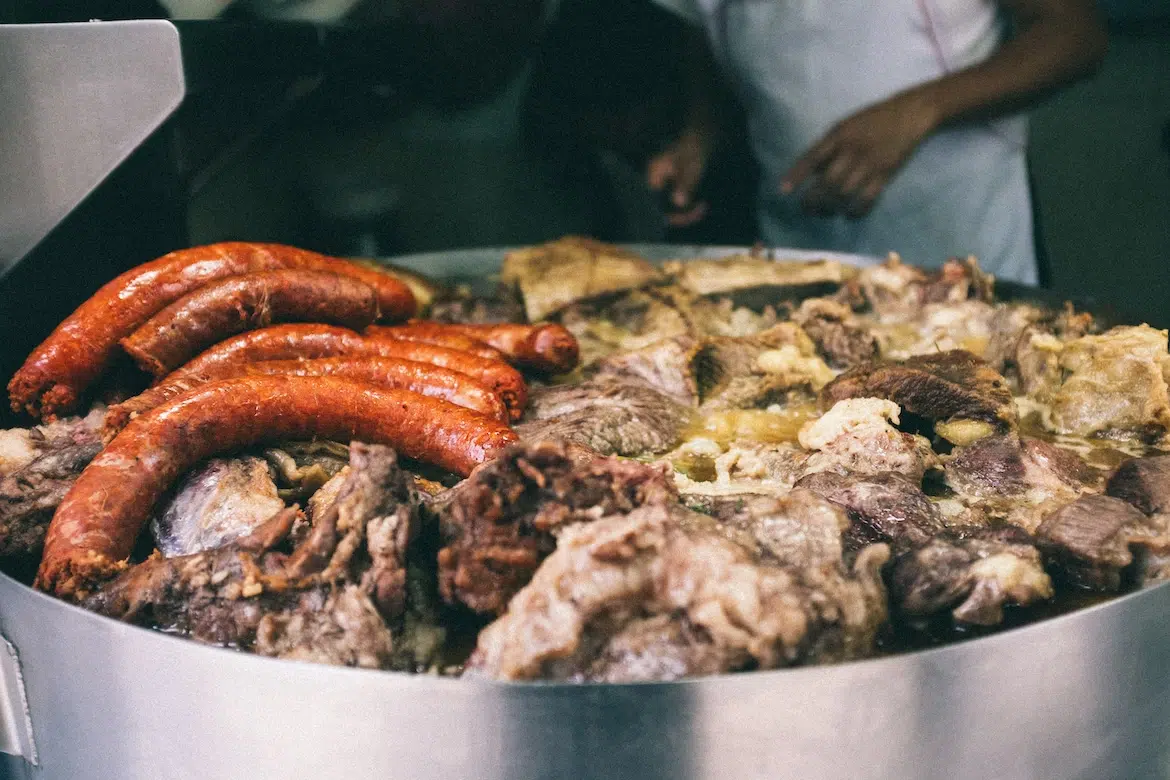
Mexican cuisine is a blend of indigenous and Spanish influences, with the ‘holy trinity’ of corn, chilli and beans being particularly important. Tequila and mezcal are popular spirits and beer is widely available. Tips are expected in restaurants and bars, and the legal drinking age is 18.
El Salvador’s cuisine is influenced by both its pre-Columbian heritage and the Spanish conquest. Pupusas, tamales, yuca frita con chicharron, soups, empanadas, pastelitos, quesadillas, panes con pollo and desserts are all popular dishes. Seafood is plentiful, especially near the coast, and fresh fruit and coconuts are widely available.
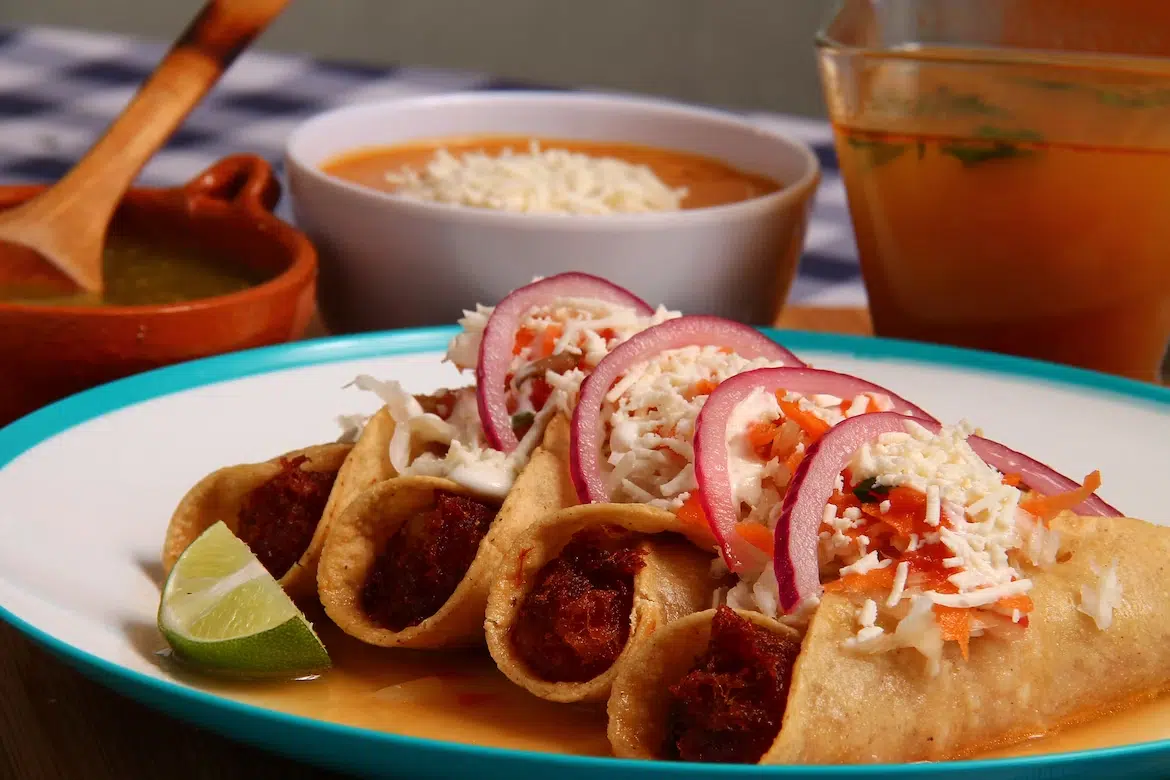
Beer is the most popular alcoholic drink, although kolachampan (a sugar cane-flavoured soft drink), chaparro (a moonshine spirit) and ensalada (a mixture of tropical fruits) are also enjoyed. Tipping is not a long-standing tradition, but 10% is usually appreciated. The drinking age is also 18.
Summary Food Mexico vs El Salvador
Both Mexico and El Salvador have a wide variety of delicious foods and drinks that reflect their unique cultures and histories. From tacos and pupusas to tequila and kolachampan, there is something for everyone.
| Category | Mexico | El Salvador |
| Main Ingredients | Corn is the main ingredient in Mexican dishes. | Pupusas, tamales, yuca frita con chicharron, soups, empanadas, pastelitos, quesadillas, panes con pollo and desserts are all popular dishes. |
| Popular Dishes | Tacos, tortillas, antojitos, mole, guacamole and other dishes are staples. Fish and seafood are popular along the coast. Vegetarians can enjoy nopales, squash blossoms and wild mushrooms. | Pupusas, tamales, yuca frita con chicharron, soups, empanadas, pastelitos, quesadillas, panes con pollo and desserts are all popular dishes. Seafood, fresh fruit and coconuts are widely available. |
| Alcoholic Drinks | Tequila and mezcal are popular spirits and beer is widely available. | Beer is the most popular alcoholic drink. Kolachampan, chaparro (a moonshine spirit) and ensalada (a mixture of tropical fruits) are also enjoyed. |
| Tipping | Tips are expected in restaurants and bars. | Tipping is not a long-standing tradition, but 10% is usually appreciated. |
| Legal Drinking Age | The legal drinking age is 18. | The legal drinking age is 18. |
Beaches
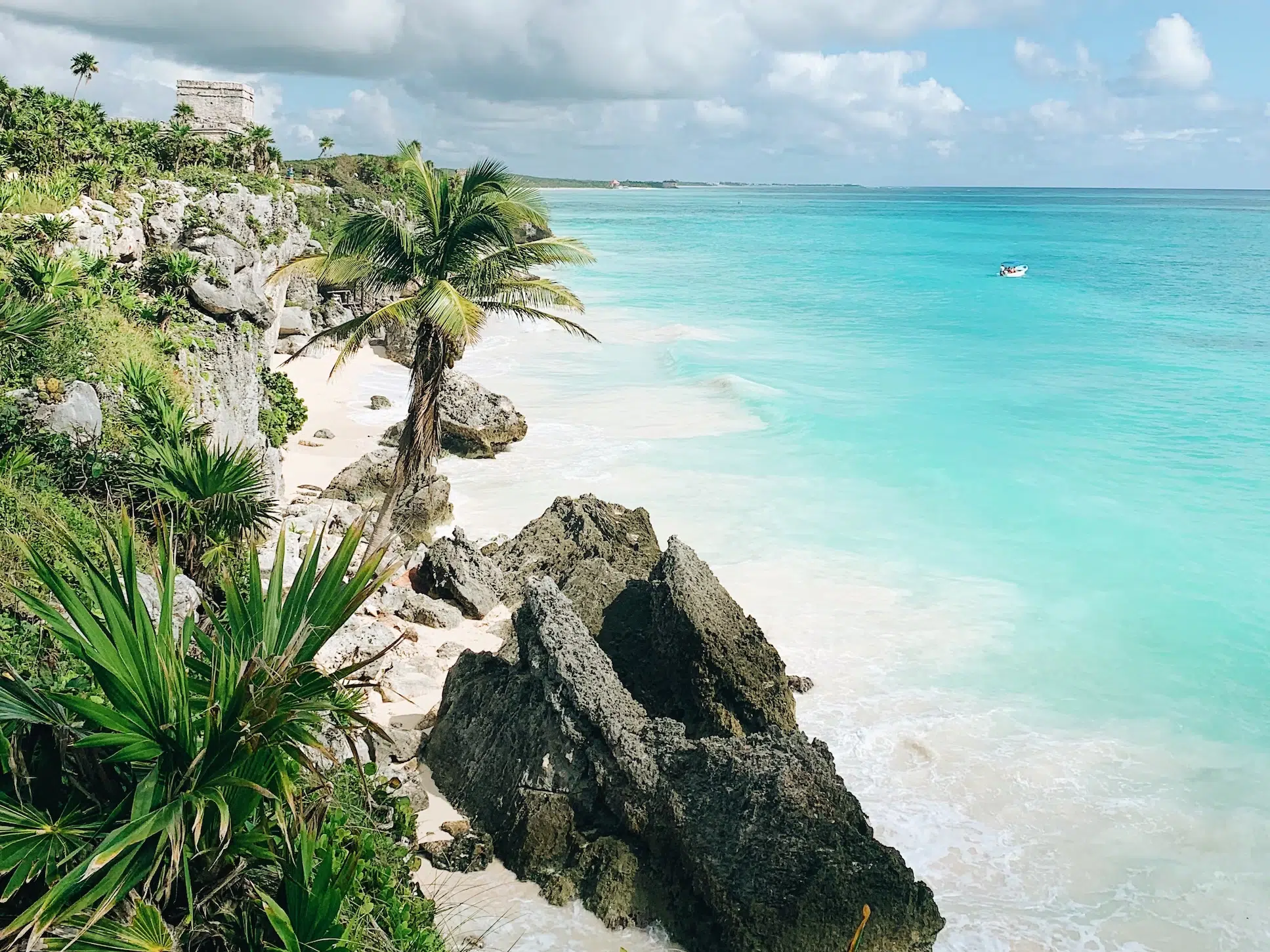
When it comes to beaches, Mexico and El Salvador are both great options for a beach holiday. Mexico has over 5,800 miles of coastline along the Gulf of Mexico and the Pacific Ocean, while El Salvador has something about 300 km of Pacific Ocean coastline. Both countries offer stunning beaches of white sand and crystal clear water, but each is unique in its own way.
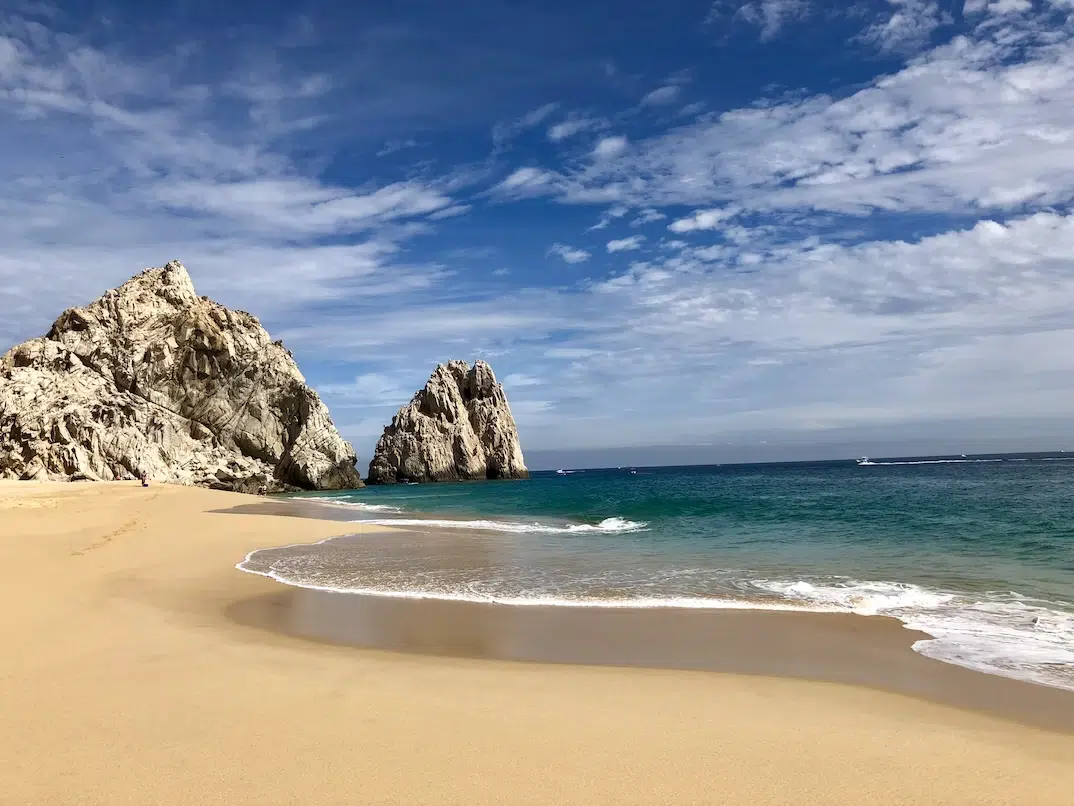
Mexico is well known for its popular tourist spots such as Cancun Beach on the Riviera Maya, Playa del Amor in Cabo San Lucas and Playa Maroma on the Riviera Maya. These beaches are renowned for their powdery white sand, turquoise waters and vibrant nightlife. If you’re looking for a more relaxed and off-the-beaten-path experience, try places like Playa Sisal in Yucatan, Tulum or Isla Holbox on the Yucatan Peninsula. These beaches offer more seclusion and the opportunity to explore nature and wildlife.
El Salvador has some of the best surfing beaches in Central America. These include:
- El Zonte
- Playa El Cuco
- La Costa del Sol
- El Sunzal
- Los Cobanos
These beaches feature powerful waves and stunningly clear waters, making them perfect for experienced surfers. For those looking for a more tranquil experience, beaches such as Barra de Santiago and Port of La Libertad are great options. These beaches offer calmer waters and plenty of opportunities to relax.
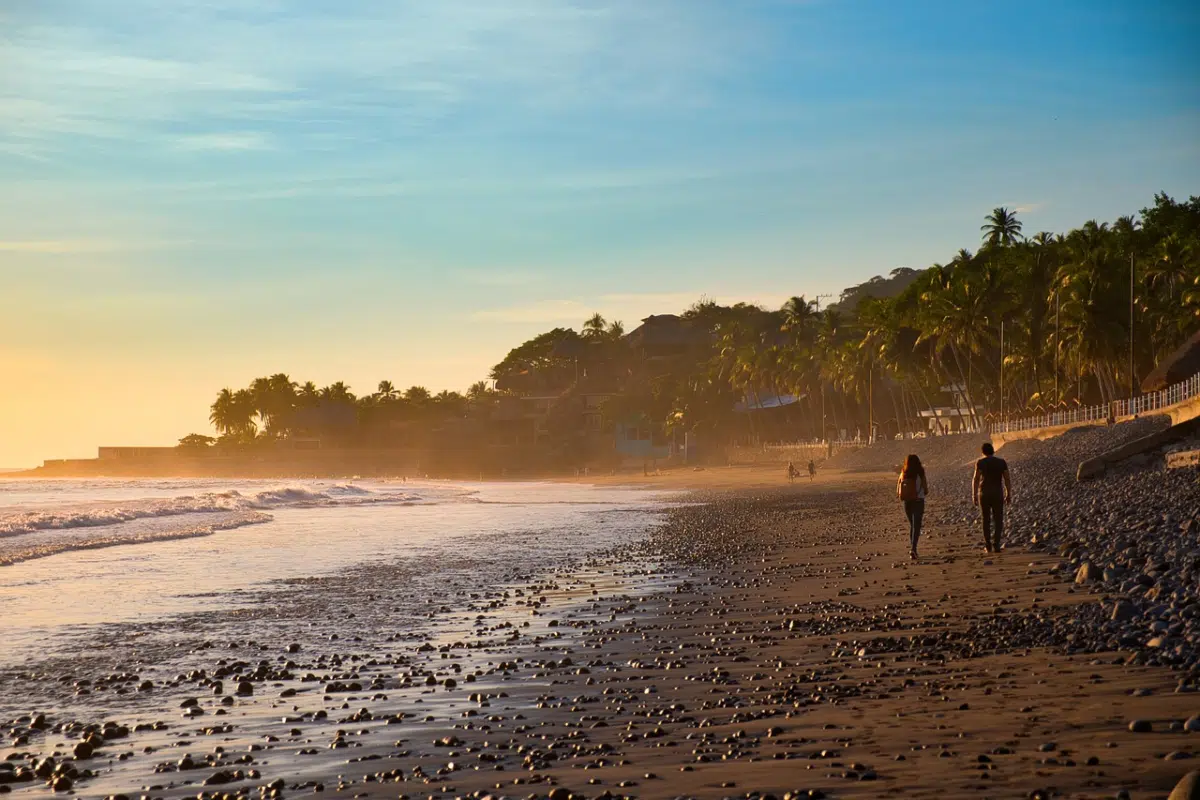
Summary Beaches Mexico vs El Salvador
Ultimately, it really depends on what kind of beach experience you’re looking for. Mexico offers a wide variety of beaches, from bustling tourist hotspots to tranquil paradises, while El Salvador is ideal for surfers looking for a thrilling adventure. Both countries have something to offer all types of travellers, so it’s hard to say which is better.
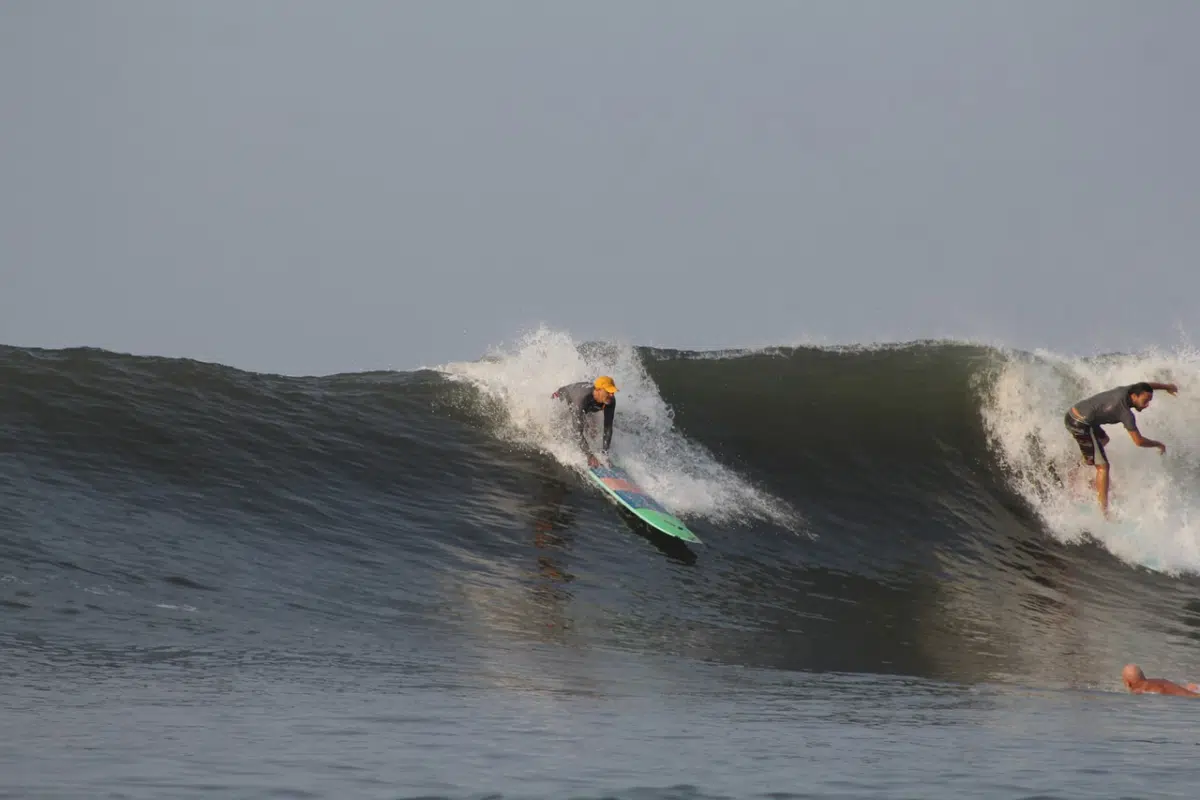
| Category | Mexico | El Salvador |
| Coastline | Over 5,800 miles along Gulf of Mexico and Pacific Ocean | 300 km along Pacific Ocean |
| Popular Beaches | Cancun Beach, Playa del Amor, Playa Maroma | El Zonte, Playa El Cuco, La Costa del Sol, El Sunzal, Los Cobanos |
| Beach Options | Bustling tourist hotspots, tranquil paradises | Surfing beaches, tranquil beaches |
Transportation

Both countries offer a variety of transportation options that range from buses to taxis, ferries and air travel. Each country has its own unique advantages when it comes to getting around, so it’s important to know which option is best for you.
The cheapest and most reliable way to get around Mexico is by bus. Domestic flights are also a good option if you’re looking to save time and money. Taxis can be surprisingly cheap, and you can also take a colectivo, van, minibus or pesero for short trips around town. Rental cars are available at airports, city centres and resorts, and ferries are available to travel between the mainland and the Baja Peninsula. If you want more flexibility, cars and motorcycles are also available for rent. Ferries are available to get to and from the Baja Peninsula.
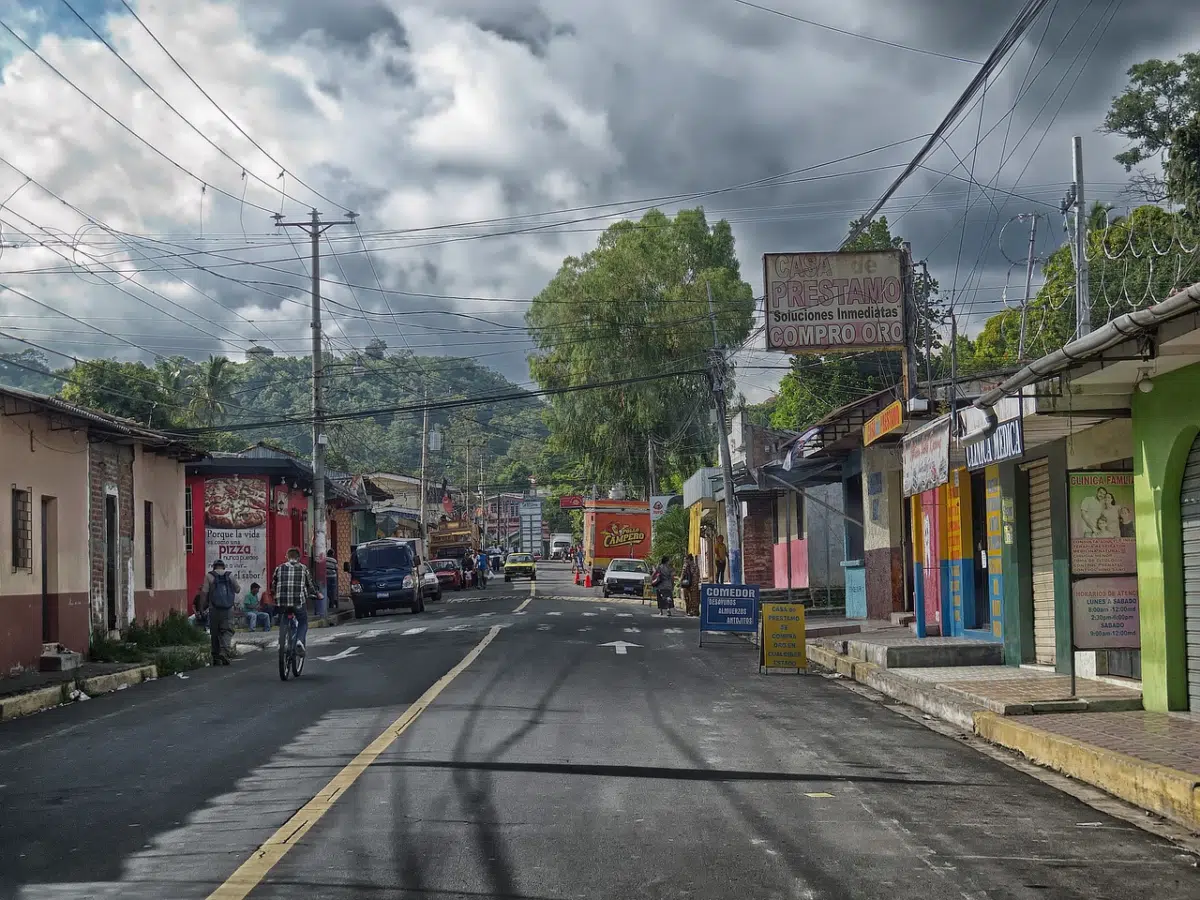
El Salvador has over 10,000km of roads, a passenger railway, several seaports on the Pacific Ocean and two international airports. The best ways to get around El Salvador are by car, taxi, shuttle, Uber and public transport. Public buses are the most common form of transport in El Salvador due to their cost and accessibility, but they can be overcrowded and the quality of service can be poor. If you decide to take the bus, make sure it is on a safe route.
Driving is the best mode of transport in El Salvador, although you should be aware of traffic, crazy drivers and roads in poor condition. Shuttles and private drivers are another great way to get around the country, and taxis and Uber are available in larger cities. Unfortunately, there will be no domestic flights or trains in El Salvador until 2022.
Conclusion Transportation Mexico vs El Salvador
When deciding which mode of transportation is best for you, consider your budget and destination. For example, if you’re traveling on a tight budget, then the bus is probably your best option. However, if you’re in a hurry and don’t mind spending extra money, then taking a taxi or renting a car may be a better choice.
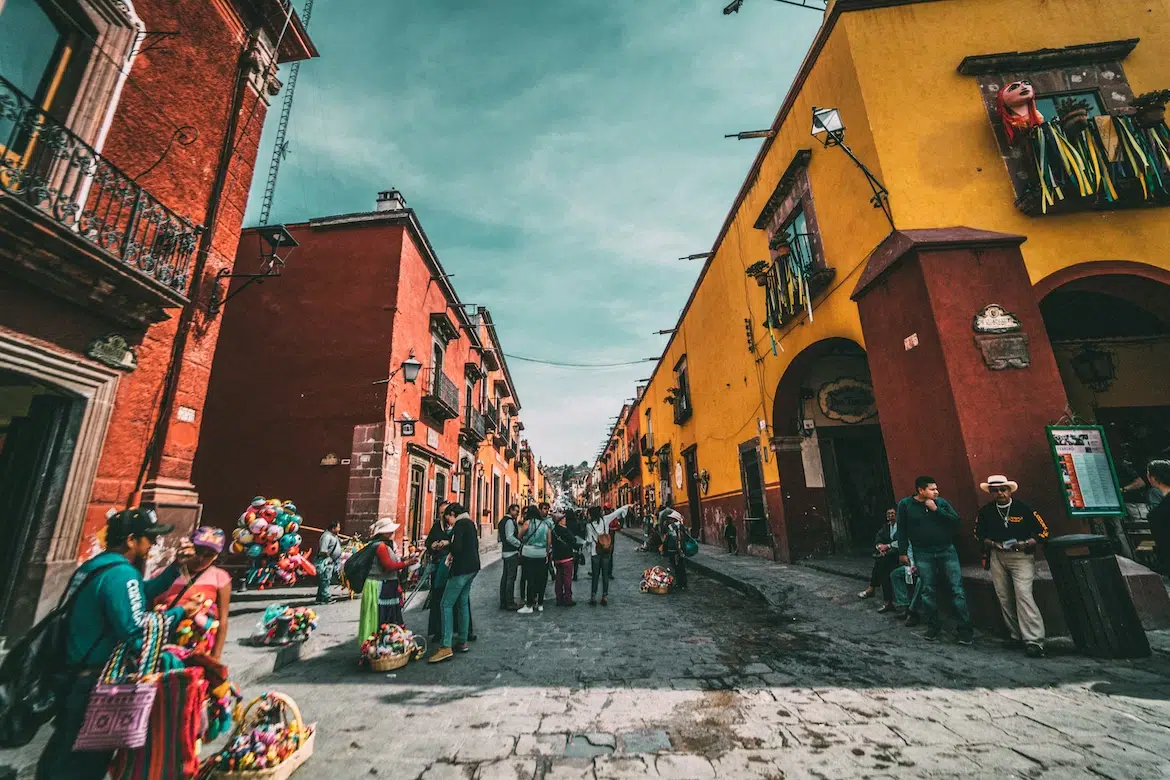
Mexico and El Salvador have different transportation options for travelers. Whether you’re looking for the cheapest option or the fastest way to get around, you’ll find something to suit your needs in both countries.
| Category | Mexico | El Salvador |
| Main modes of transport | Buses, domestic flights, taxis, colectivos, rental cars, ferries, motorcycles | Cars, taxis, shuttles, Uber, public transport, private drivers |
| Cheapest mode of transport | Buses | Buses |
| Best mode of transport for budget travellers | Buses | Buses |
| Best mode of transport for time-saving | Domestic flights, rental cars, taxis | Shuttles, private drivers, taxis |
| Availability of domestic flights | Yes | No (until 2022) |
| Most common form of transport | Buses | Public buses |
| Caution needed | None mentioned | Be aware of traffic, crazy drivers, and poor road conditions when driving or taking buses on unsafe routes |
Travel Time
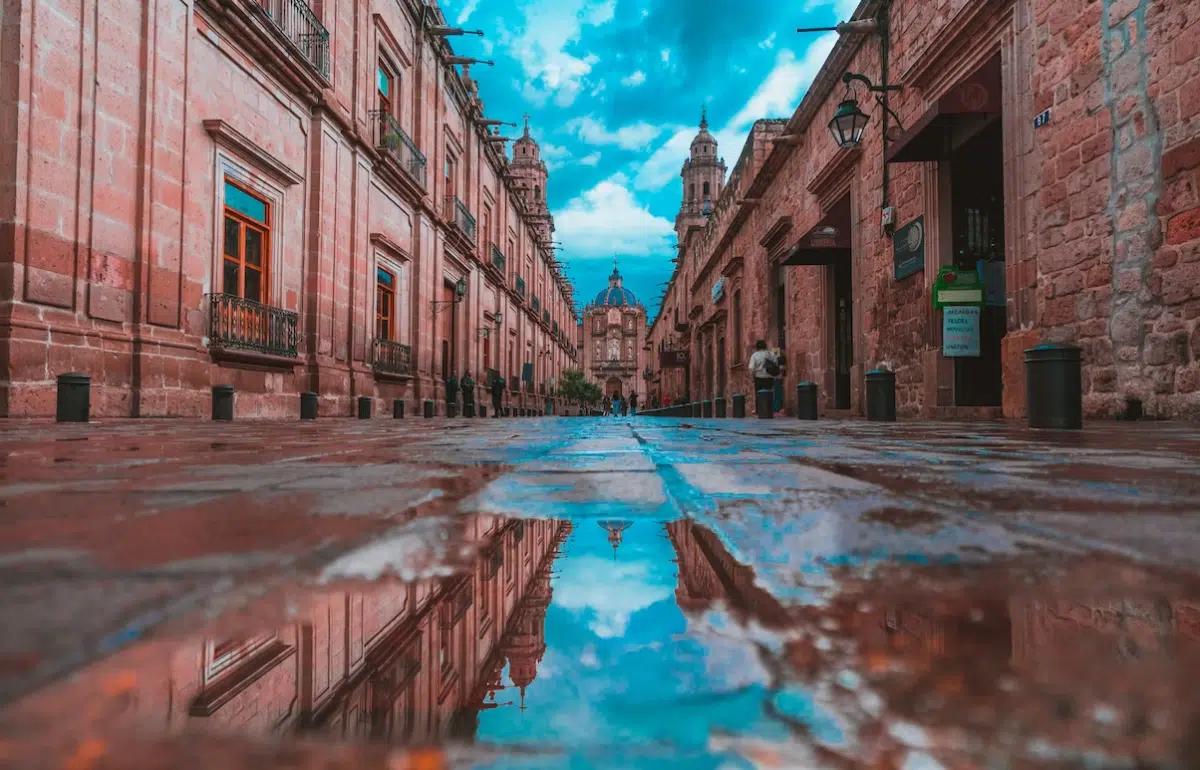
When it comes to traveling, time is of the essence. Whether you are looking for a beach getaway or a city adventure, it is important to know when is the best time to visit each country. When comparing Mexico and El Salvador, both countries have their own unique climates and seasons that are best suited to visit.
Mexico is known for its beautiful beaches and Mexican culture, making it a great destination for tourists. The best time to visit Mexico is usually during the dry season, which runs from December to April. During this time you can expect clear skies and pleasant temperatures. However, if you are looking for something a little less crowded, November is also a great time to visit, as the rains have cleared and the high season has not yet begun.
El Salvador is also known for its beauty and culture, making it a great destination for travelers. The best time to visit El Salvador is from November to April, which is the dry season or summer. During this time the weather is perfect for outdoor activities such as hiking, sightseeing or going to the beach. However, the rainy season, from May to October, can also be a great time to visit; it’s great for surfing, visiting museums and some outdoor activities.
Overview Traveltime Mexico vs El Salvador
Overall, both Mexico and El Salvador have a lot to offer in terms of travel, and depending on the type of holiday you are looking for, either can provide a great experience. However, when it comes to timing, Mexico’s dry season from December to April is ideal for sunny days and pleasant temperatures, while El Salvador’s dry season from November to April provides the perfect weather for outdoor activities.
| Category | Mexico | El Salvador |
| Best time to visit | December to April | November to April (dry season/summer) |
| Other recommended time to visit | November (less crowded) | May to October (rainy season) |
| Weather during best time | Clear skies and pleasant temperatures | Perfect for outdoor activities |
| Weather during other recommended time | Rains have cleared, high season has not begun | Good for surfing, visiting museums, some outdoor activities |
| Popular activities | Beaches, Mexican culture | Hiking, sightseeing, beach |
| Overall travel experience | Great experience | Great experience |
| Key factor for timing | Dry season | Dry season/summer |
Weather and Climate
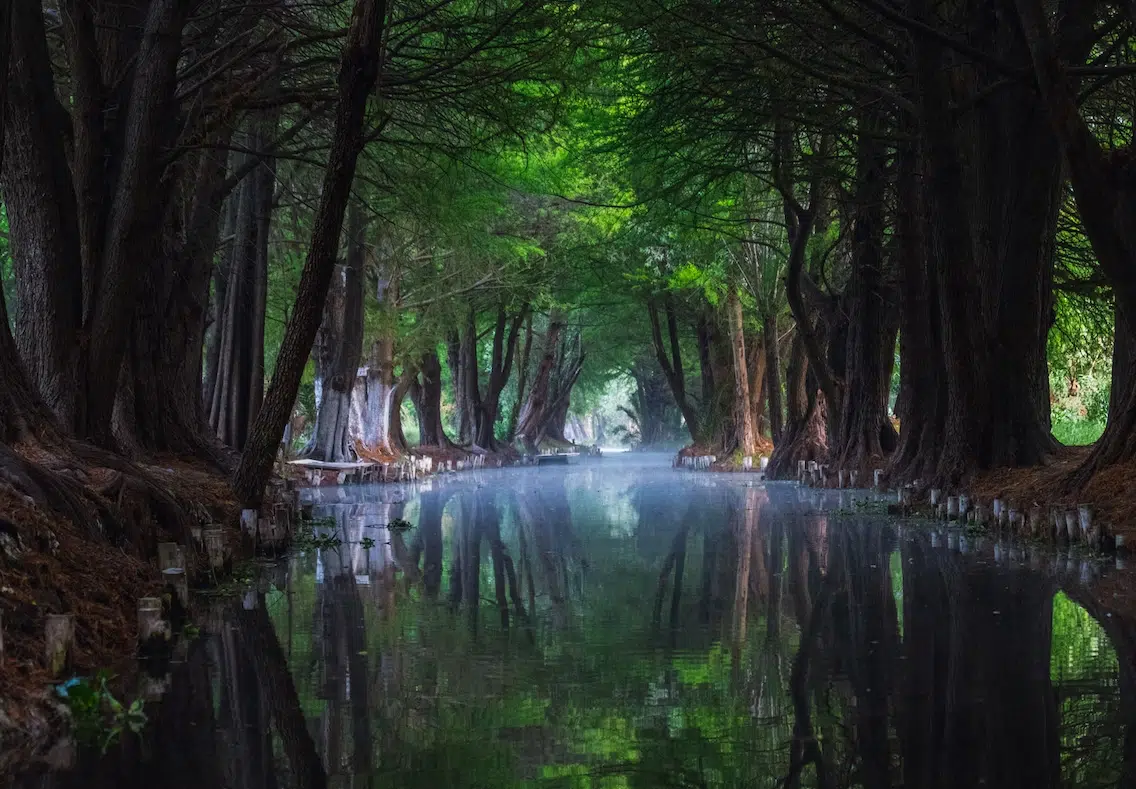
When comparing the climate of Mexico and El Salvador, it is clear that both countries have a tropical climate. However, there are some major differences between the two.
In Mexico, the climate varies from region to region. The east of the country is typically humid and tropical, while the west tends to have a rainy winter climate. The most popular tourist areas, such as Yucatan and Cancun, have little variation in temperature throughout the year. During the summer months, from June to October, the country experiences heavy rainfall, with the hurricane season peaking in September. From November, the dry season brings stability to most of the country.
On the other hand, El Salvador has a tropical climate throughout the year. Snow is rare and the average annual temperature is 73.2 Fahrenheit. Rainfall is much heavier in El Salvador than in Mexico, with a total annual rainfall of 70.59 inches on 106 rainy days.

The rainy season in El Salvador lasts from late April to October and is also very humid. In the interior, temperatures are cooler due to the volcanoes, plateaus and mountains, with cloud forests at intermediate altitudes. El Salvador can also sometimes be affected by the Norte, a cool wind from the United States that brings cooler weather in the evenings and nights during the winter months.
Overall, both Mexico and El Salvador experience a tropical climate, but there are some key differences that set them apart. Mexico generally experiences lighter rainfall and milder temperatures than El Salvador, while El Salvador experiences heavier rainfall and more humid weather during the rainy season.
Accomodations
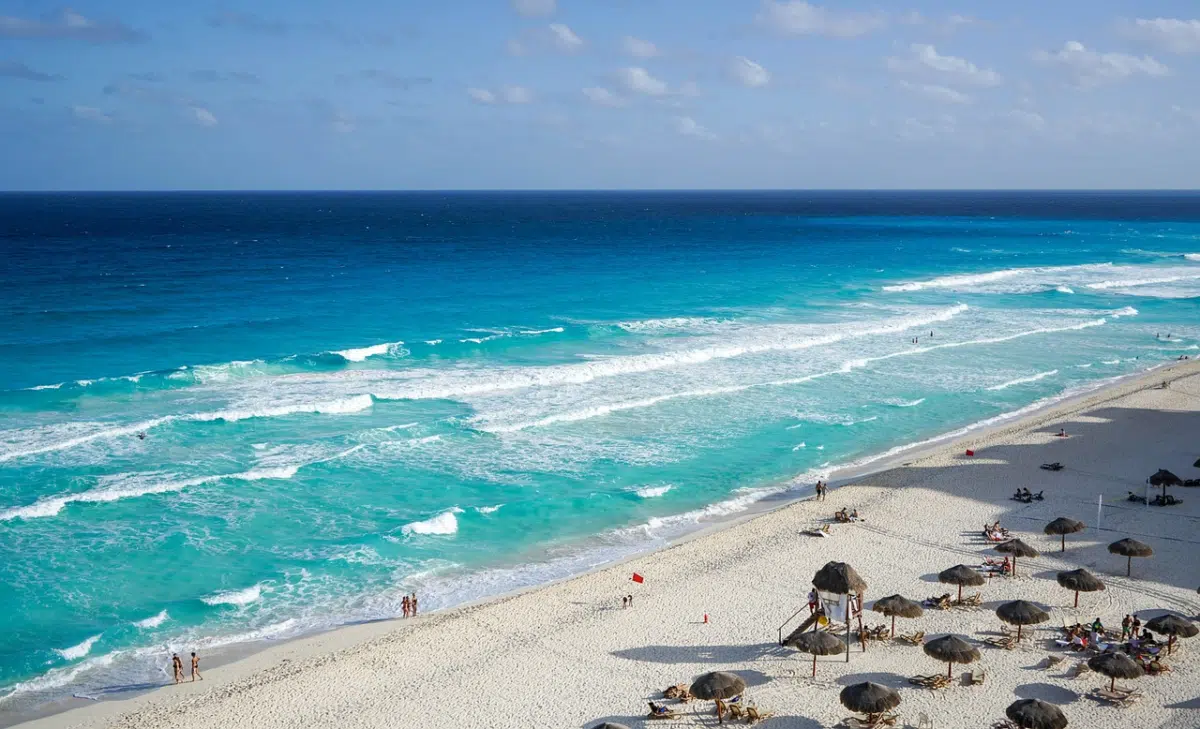
When it comes to deciding where to stay while visiting Mexico and El Salvador, there are a variety of options. In Mexico, hotels can range from simple guesthouses to large international chains and offer a range of amenities. Bed and breakfasts are becoming increasingly popular and can offer an authentic atmosphere with local fabrics, ceramics and art. Hostels are also available in the more touristy areas, many of which have guest kitchens and informal bars or cafes.
Camping is also a popular option, with official campsites for caravanners and beach resorts where tents can be pitched on hotel grounds. Other options include cabañas in natural settings such as jungles and volcanic peaks, and guest ranches that offer spa services, guides, cooking classes and other activities.
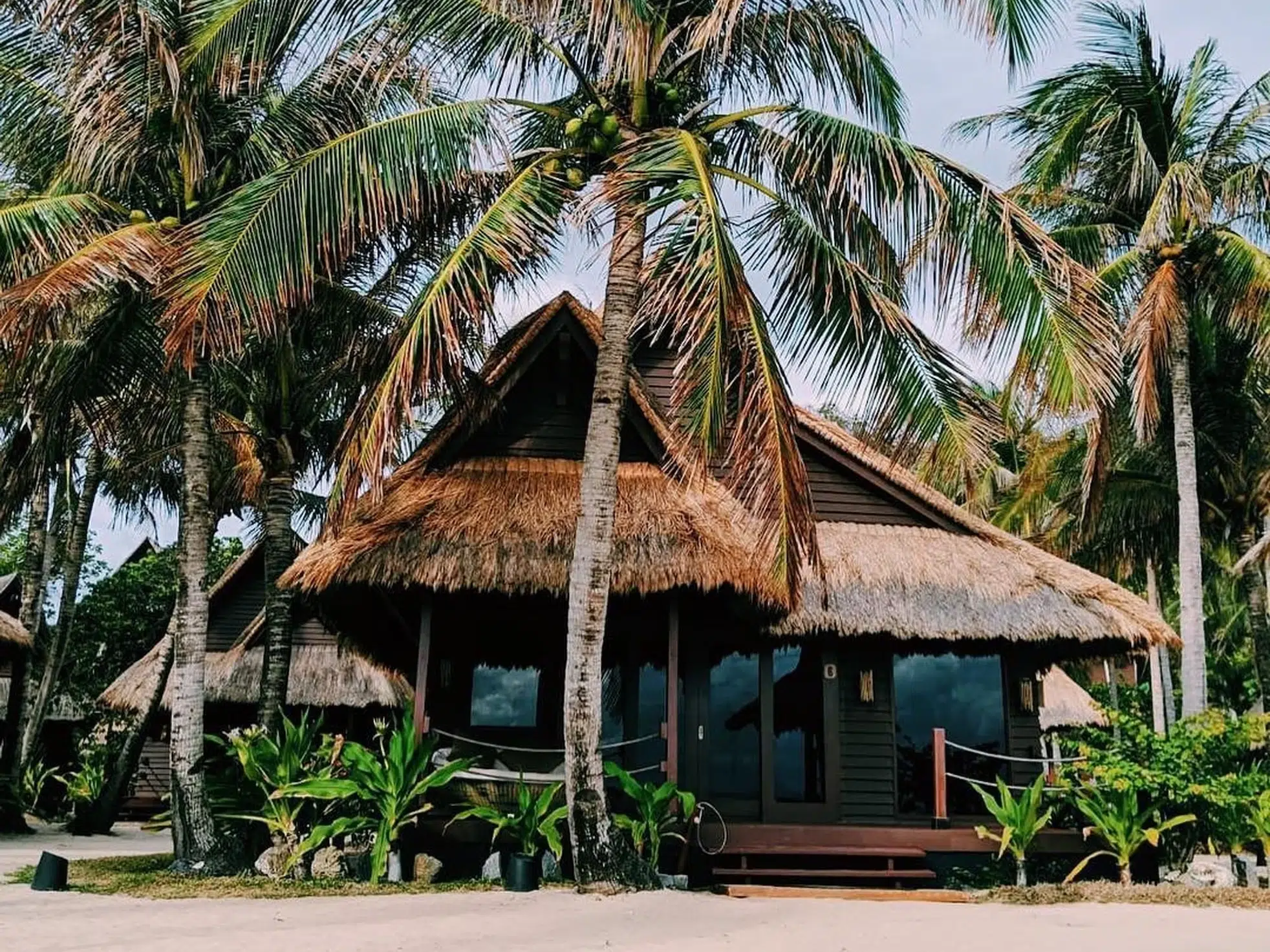
In El Salvador, luxury 5-star hotels belonging to major international chains are plentiful in and around the capital. Outside the capital, standards vary, with clean and comfortable accommodation in popular tourist destinations and resorts such as Sonsonate, Suchitoto and Costa del Sol. Luxury spa hotels in Chalatenango province and the beachside Las Flores in San Miguel province are relatively new to El Salvador and offer a full range of tours and facilities.
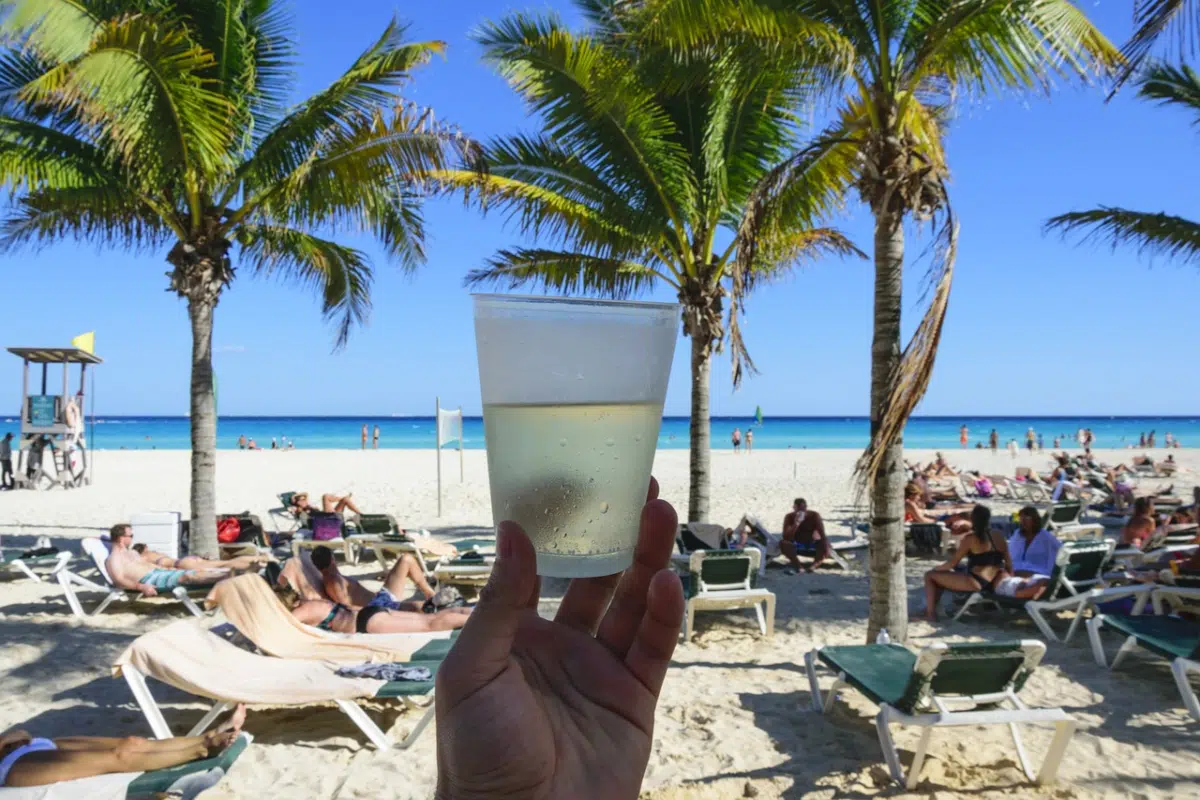
Guest houses and budget backpacker hotels are also available in the main tourist towns and around the Boulevard de los Héroes in the capital, but choose carefully to avoid theft. Campsites are not common, and camping is only recommended as part of group tours into the countryside, where guides are on hand to ensure safety. Popular places to stay in El Salvador include San Salvador, San Miguel, La Libertad, Santa Ana, Concepción de Ataco, Suchitoto, El Cuco and Juayúa.
Summary Hotals Mexico vs El Salvador
Both Mexico and El Salvador offer a variety of accommodation options for tourists ranging from luxury 5-star hotels to humble guesthouses and everything in between. It is important to research each destination and consider your budget, safety, and comfort level when deciding where to stay.
| Category | Mexico | El Salvador |
| Hotel | Range from simple guesthouses to large international chains | Plentiful luxury 5-star hotels belonging to major international chains in and around the capital |
| Bed and Breakfast | Increasingly popular with authentic atmosphere | Not specified |
| Hostel | Available in touristy areas, many with guest kitchens and informal bars or cafes | Available in main tourist towns and around Boulevard de los Héroes in the capital |
| Camping | Popular option with official campsites and beach resorts | Not common, only recommended as part of group tours into the countryside |
| Other Options | Cabañas in natural settings and guest ranches that offer spa services, guides, cooking classes and other activities | Luxury spa hotels in Chalatenango province and beachside Las Flores in San Miguel province, guest houses and budget backpacker hotels in main tourist destinations |
Economy
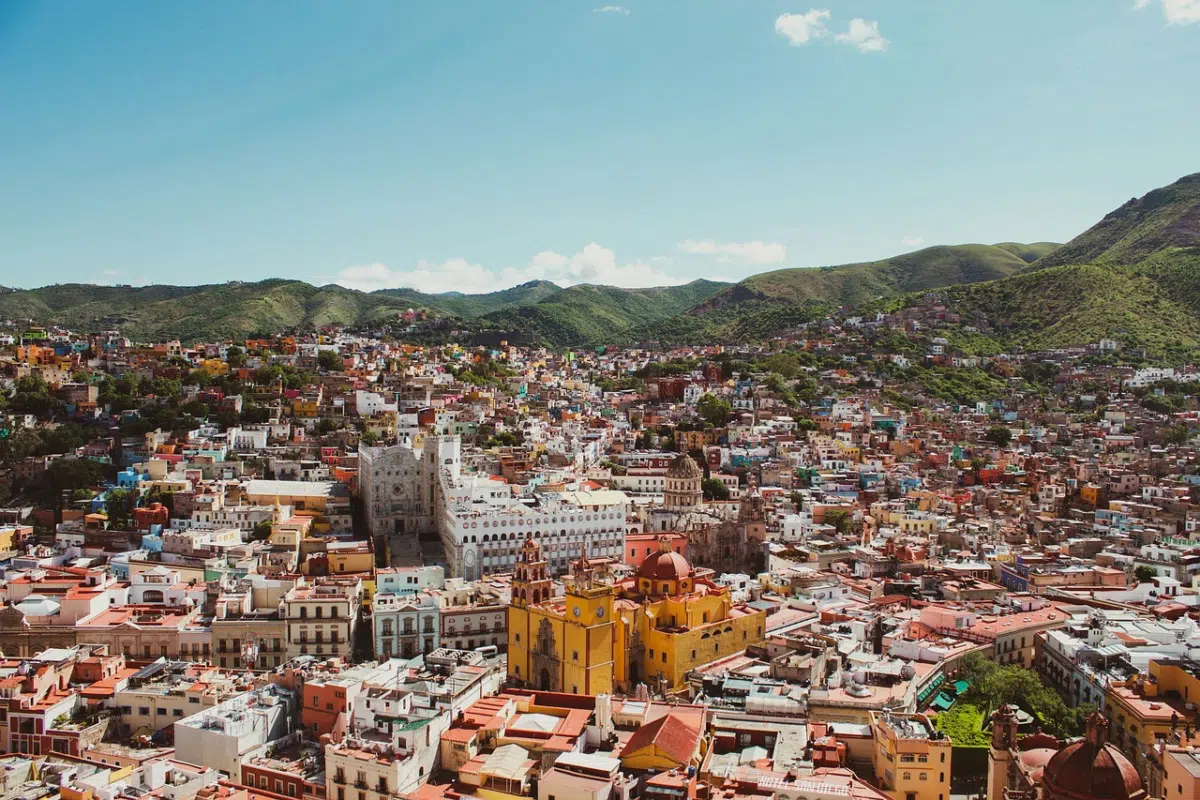
Mexico and El Salvador are two countries in Central America with similar histories but very different economic situations. Mexico has a population of 133.8 million (2023) and a gross domestic product (GDP) of $2.4 trillion. It has experienced growth of -8.2% and a 5-year compound annual growth rate of -0.3%, and a GDP per capita of $19,130. It also has an unemployment rate of 4.7%, an inflation rate of 3.4% and an FDI inflow of $29.1 billion.
The top personal income tax rate is 35% and the top corporate tax rate is 30%. Other taxes include a VAT. The total tax burden is 16.5 percent of total domestic income. Government expenditure has amounted to 26.9 per cent of GDP over the last three years, and the budget deficit has averaged 3.0 percent of GDP. Public debt is 60.6 per cent of GDP.
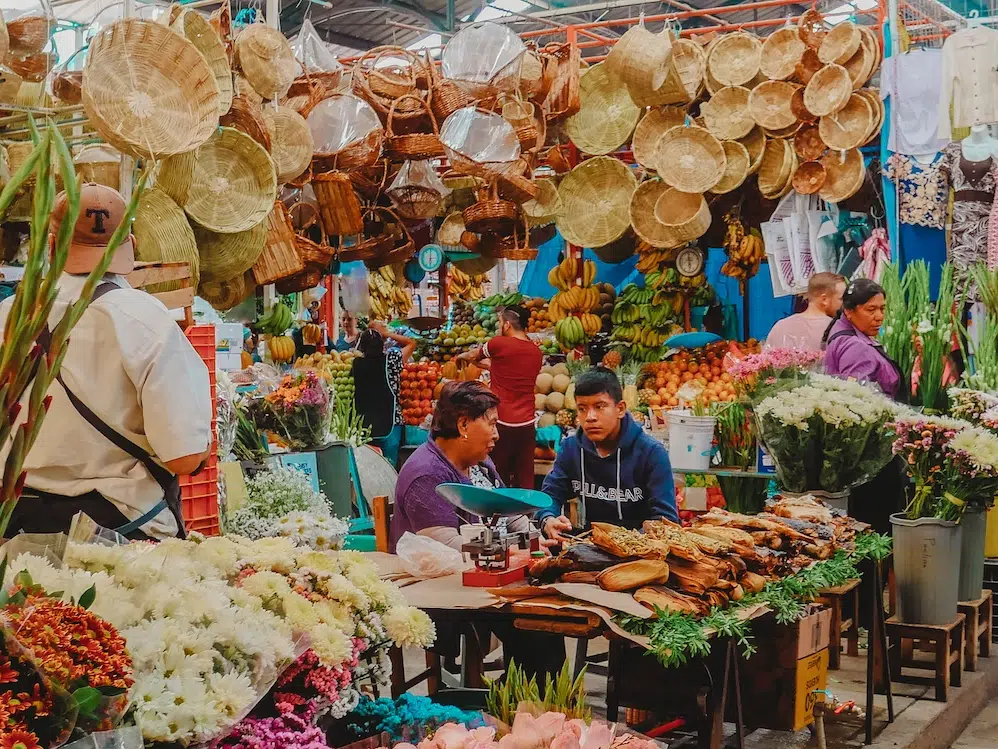
El Salvador has a population of 6.5 million (2023) and a GDP of $54.6 billion. It has experienced growth of -8.6% and a 5-year CAGR of 0.2% and a GDP per capita of $8,422. The unemployment rate is 7.0%, the inflation rate is 0.2% and the FDI inflow is $200.0 million.
El Salvador’s economy was predominantly agricultural until industry expanded rapidly in the 1960s and 70s. Despite its traditional focus on agriculture, the country is not self-sufficient and has to import food. At the root of this problem is the inequitable distribution of land, which favours commercial crops and leaves many peasants landless and unable to grow subsistence crops.
Comparison Economy El Salvador vs Mexico
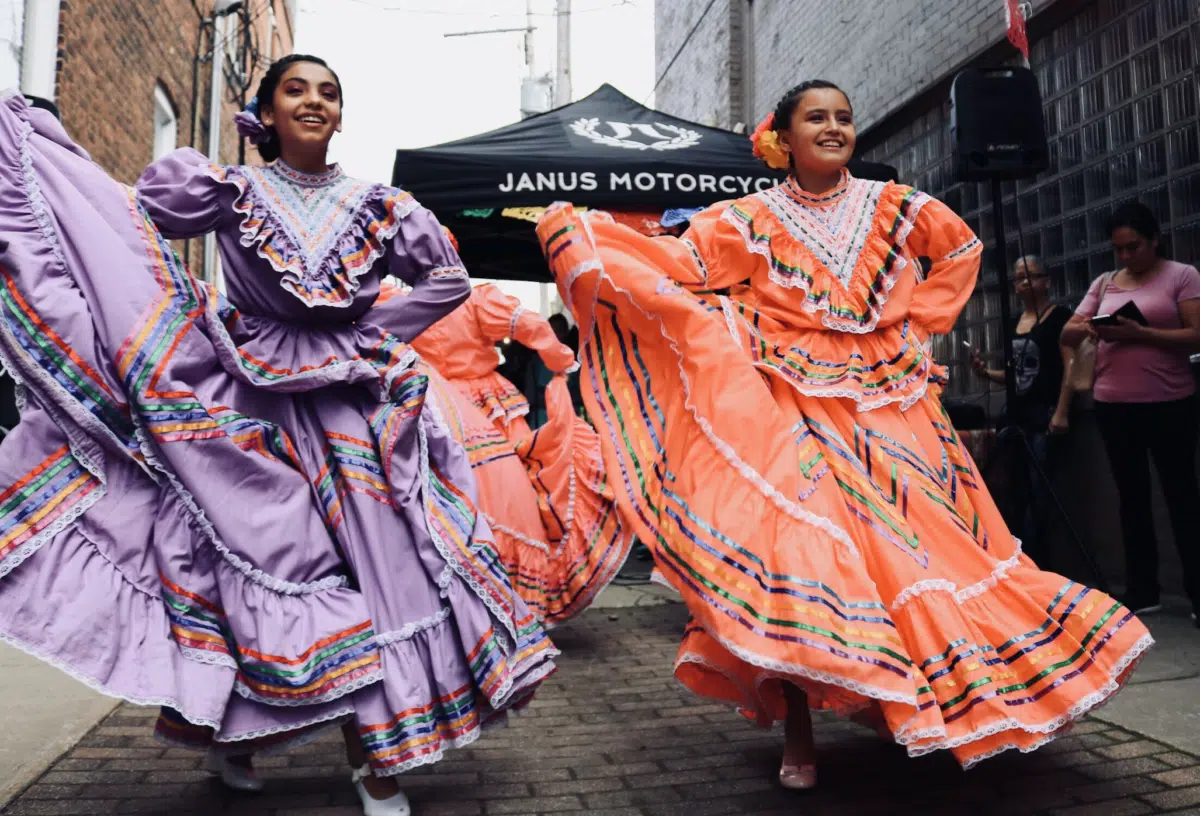
There are both similarities and differences when comparing the economies of Mexico and El Salvador. Both countries have experienced a decline in their growth rates over the past five years, although the decline in Mexico has been slightly more pronounced than in El Salvador. In addition, both countries have had to rely on foreign investment for economic growth. However, the two countries differ significantly in terms of GDP, with Mexico having a much higher GDP than El Salvador.
Mexico also has a much higher GDP per capita, which means that the average person in Mexico has more purchasing power than the average person in El Salvador. In addition, Mexico has a lower unemployment rate than El Salvador, indicating that there is a higher level of employment in Mexico than in El Salvador. Finally, Mexico has a much higher public debt than El Salvador, suggesting that Mexico is more dependent on external financing than El Salvador.
Summary Economy Mexico vs El Salvador
Overall, the economies of Mexico and El Salvador have both similarities and differences. While both countries have experienced declining growth rates and have relied on foreign investment for economic growth, Mexico has a much higher GDP, GDP per capita and public debt than El Salvador. In addition, Mexico has a lower unemployment rate than El Salvador, indicating that there is more employment in Mexico than in El Salvador. These differences are largely due to the fact that Mexico is a larger and more developed economy than El Salvador.
| Category | Mexico | El Salvador |
| Population (2023) | 133.8 million | 6.5 million |
| Gross Domestic Product (GDP) | $2.4 trillion | $54.6 billion |
| GDP Growth Rate (5-year CAGR) | -0.3% | 0.2% |
| GDP per Capita | $19,130 | $8,422 |
| Unemployment Rate | 4.7% | 7.0% |
| Inflation Rate | 3.4% | 0.2% |
| FDI Inflow | $29.1 billion | $200.0 million |
In conclusion: Mexico vs El Salvador
To sum up, both Mexico and El Salvador offer travelers plenty to see and do. Mexico boasts famous landmarks such as Chichen Itza and Teotihuacan, while El Salvador has the archaeological site of Joya de Cerén and the scenic Ruta de las Flores. When it comes to beaches, Mexico’s Cancun and Playa del Carmen are world famous, but El Salvador’s Costa del Sol and El Tunco offer a more secluded and relaxed atmosphere.
In terms of travel time and transportation, Mexico has a more developed infrastructure and easier access to major cities, while El Salvador is a smaller country with shorter travel times and more affordable transportation options.
Food and drink are an integral part of the culture of both countries. Mexican cuisine is famous for its tacos, tequila and spicy flavors, while El Salvador offers delicious pupusas and horchata. Accommodation options range from luxury resorts to budget hostels in both countries.
Finally, when it comes to the economy, Mexico has a more developed and diversified economy, while El Salvador is still emerging from a history of political instability and economic hardship.
Overall, both Mexico and El Salvador offer travelers unique experiences with their own distinct cultures, attractions and cuisines. The choice between the two ultimately comes down to personal preferences and priorities.
Article: Mexico vs El Salvador! You can find more Mexican articles here: Mexico blogs or looking for a comparison of DR vs Haiti!
- A Milestone in North Korea Tourism: Russian Tourists Arrive - January 14, 2024
- Rediscovering China’s Skies: China International Flights Recovery - January 7, 2024
- Exploring the Philippines: A Record-Breaking Tourism in 2023 - January 7, 2024

